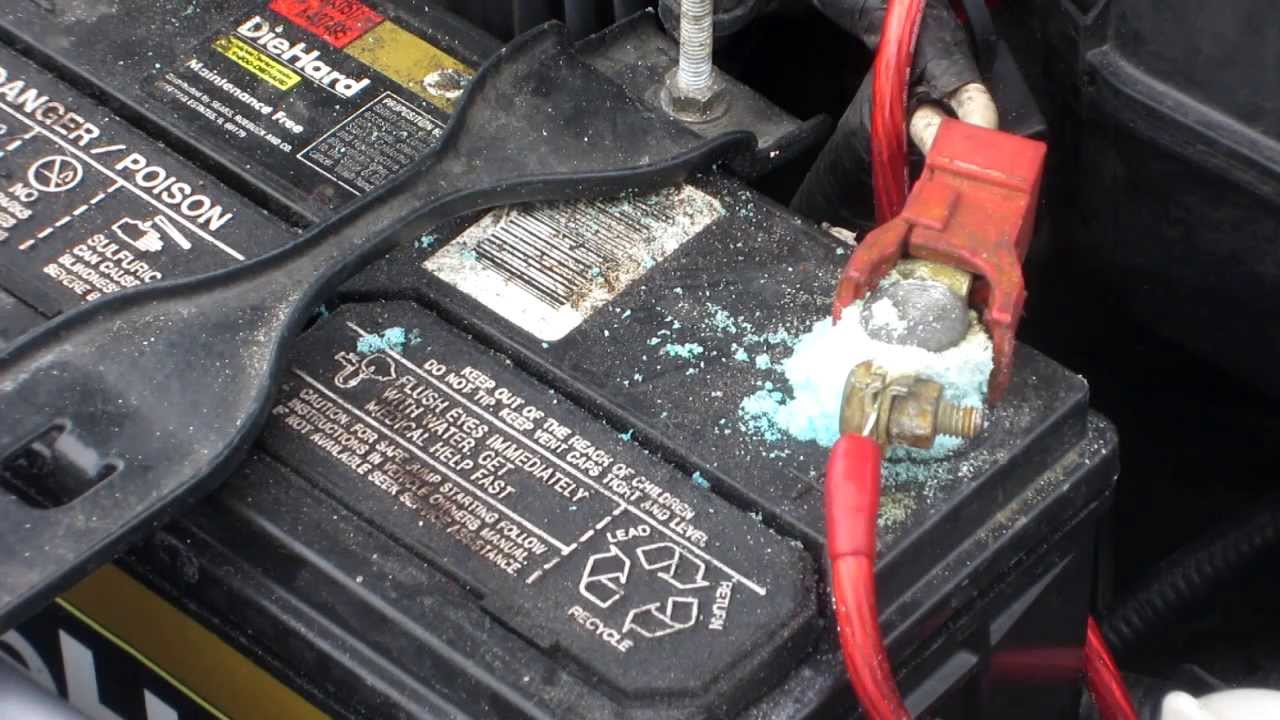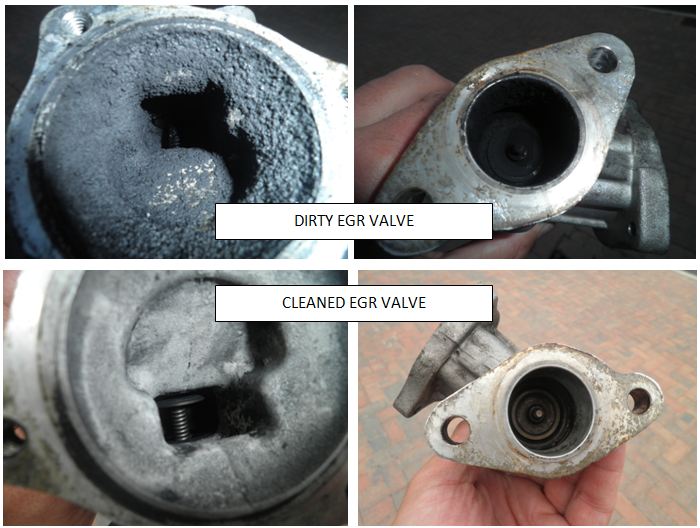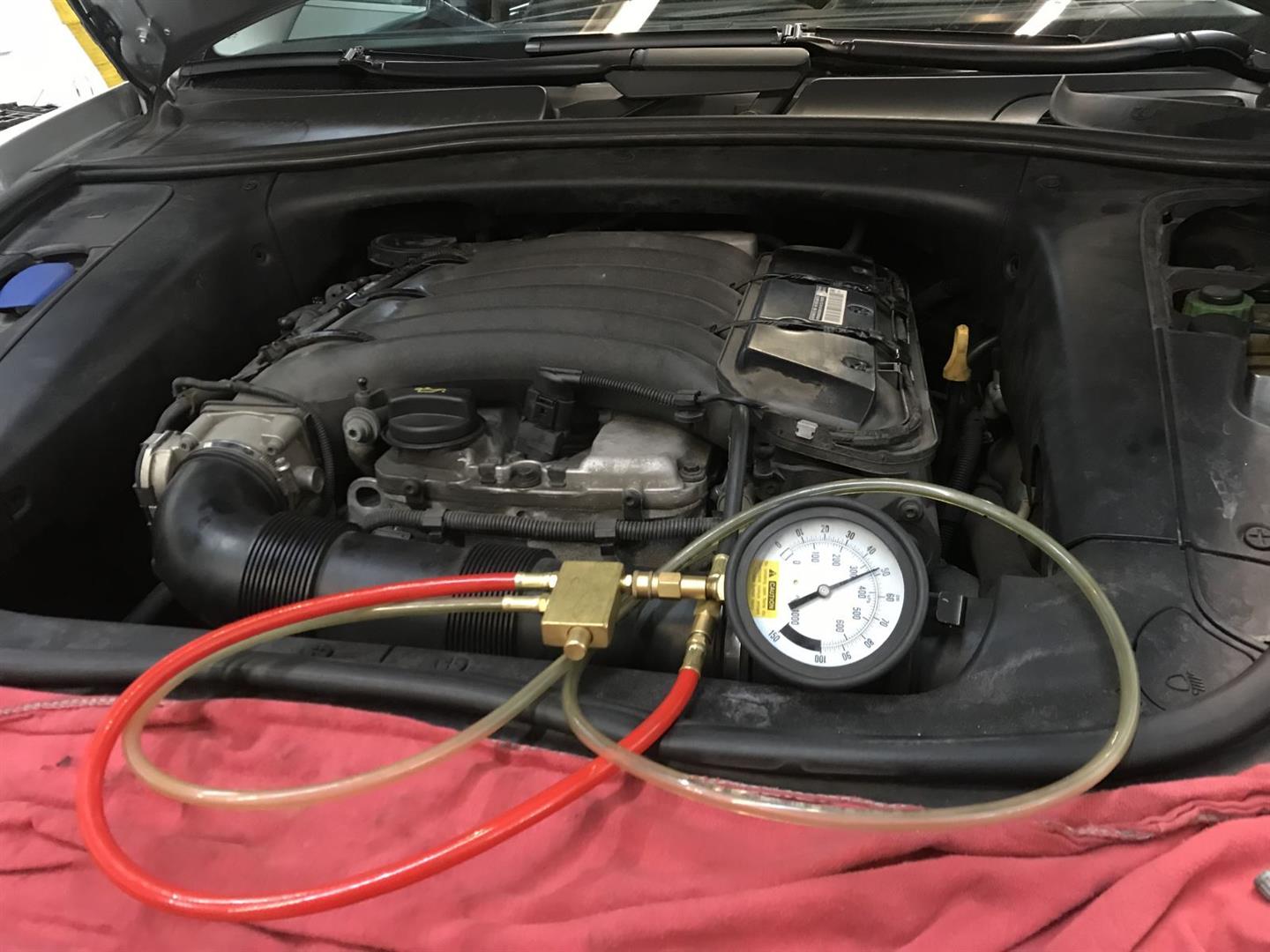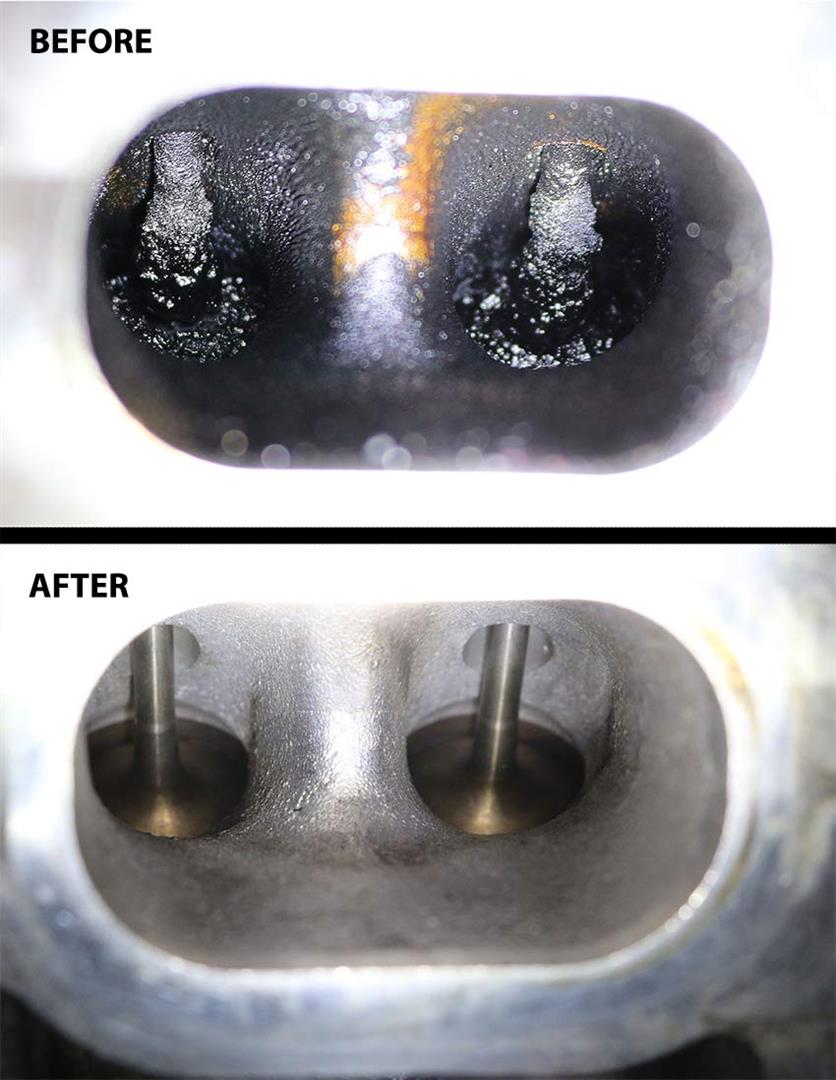Posted on 1/9/2018

Winter car starting can be challenging on cold winter mornings. There are four reasons we believe why the cold weather makes it harder to start cars: 1. Batteries hate the cold Cold weather and car batteries do not mix, making winter car starting more difficult. Chemical batteries produce less current when it is cold — sometimes a lot less. At DJ Foreign Auto Care, we recommend changing it every three years, though you could get away with five years, depending on how much you drive and how you drive. Make sure the battery cables aren't disconnected. With your engine off, check if the cables can slip free from the nodes. Tightening the nut is an easy job and can save you from a mid-drive battery loss that would require you to get out of your car and take off your gloves. Check for corrosion. If there is a white powder around the nodes and/or clamps, it could be a sign of corrosion. If you can't get a new battery, we recommend cleaning the nodes and ... read more
Posted on 1/2/2018

The arrival of winter in Minnesota always stirs up a longing for adventure (or warmer destinations). After a few months cooped up inside and navigating icy roads, blue skies and sunny weather are reason enough to pack up your car and hit the road. However, your best planning will be ruined if you cannot rely on your car. A malfunction on your everyday commute is one thing, but could you imagine your car leaving you stranded miles outside your hometown? Car care is essential year-round, but especially before a road trip, so complete this road trip inspection before becoming a horror movie cliché. Neglecting to do a quick mechanical once-over (even on newer cars) before hitting the road is asking to be stranded. We are not talking about rebuilding the cylinder head or performing a line-bore on the crankshaft mains. We are merely stating a few reminders that may slip your mental checklist in a rush to get bags packed, and the children prepared. Fluids Fluids are ... read more
Posted on 12/14/2017

What is an EGR valve? The EGR valve is a small component, invented to allow the flow of exhaust gases into the intake manifold in controlled amounts. It is a simple valve that closes and opens as needed. The EGR valve has one job to do. Its role is to either open and direct exhaust gases into the combustion chamber or to close and keep the gases from entering. When your car engine starts, the valve becomes active and remains in a closed position, barring the flow of exhaust gases. Once the engine reaches working temperature and speed is increased, the valve — either through a vacuum or electronic control — increasingly opens, allowing burned exhaust gases to enter and combine with the air-fuel mixture inside the combustion chamber. If you slow down or come to a stop, the valve progressively closes and blocks the flow of exhaust gas. The process continues for as long as the engine is running. When the engine is off, the EGR valve closes and remains so. The EGR valve has ... read more
Posted on 12/11/2017

Fuel pump replacement is a necessary part of your car's maintenance. A fuel pump transfers fuel from your tank to your engine. It supplies the fuel at a constant pressure to ensure that the engine is running smoothly. Mechanical or electronic fuel pumps are standard in your vehicle. A mechanical pump has a diaphragm mounted on the outside of the fuel tank that expands and contracts, creating a vacuum system that expels fuel out of the gas tank and into the engine. Electronic pumps use an electromagnetic motor inside the fuel tank that forces fuel into the engine at a high pressure. Cars with carburetors contain mechanical pumps while vehicles with fuel injection systems have electric pumps. The motion of the engine directly drives a mechanical pump. Since mechanical pumps contain few moving parts, they tend to be reliable and easy to diagnose and fix. The most common problems with mechanical pumps occur when the diaphragm is damaged in some way, which throws the pressure sy ... read more
Posted on 11/30/2017

Walnut blasting is now being offered at DJ Foreign Auto Care! What is walnut blasting you may ask? Walnut blasting is a process that is used to treat heavy carbon build-up. Cars require oxygen to run. With modern direct injection engines, when your foot is placed on the accelerator, the car releases gasoline into the combustion chamber of the vehicle. The spark plugs then ignite the gasoline in the combustion chamber, causing the car to run. Carbon is released into the engine as a byproduct of this process. The carbon interferes with the vehicle’s normal combustion, which in turn alters the compression ratio, operating temperature, and sensor readings. The carbon builds up and coats the inside of your engine including the air intake valves, combustion chamber, and exhaust, restricting your car’s ability to breathe and also affecting your car’s efficiency and power. When the carbon builds up, one of the common ways to clean it out of your engine is through ... read more